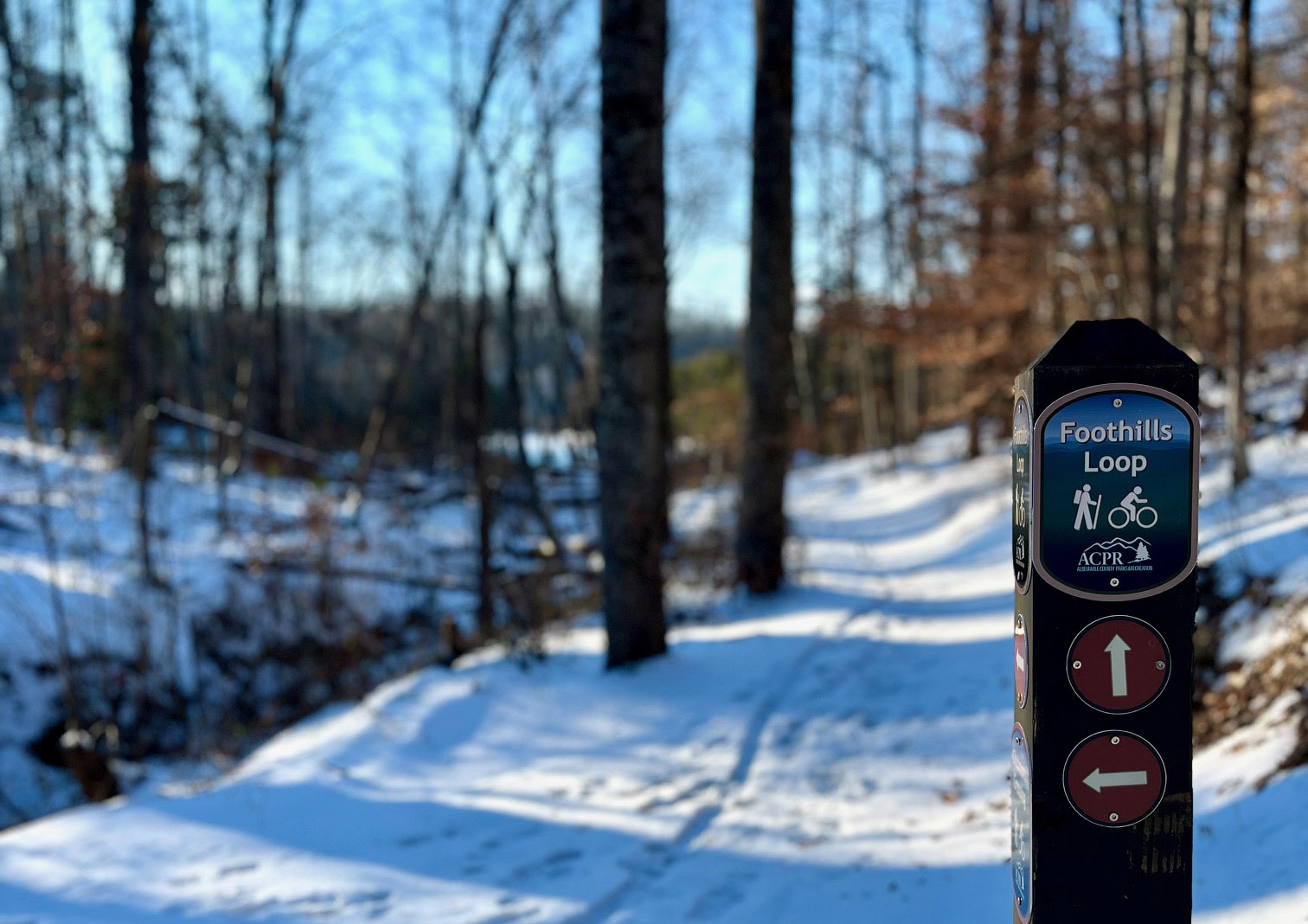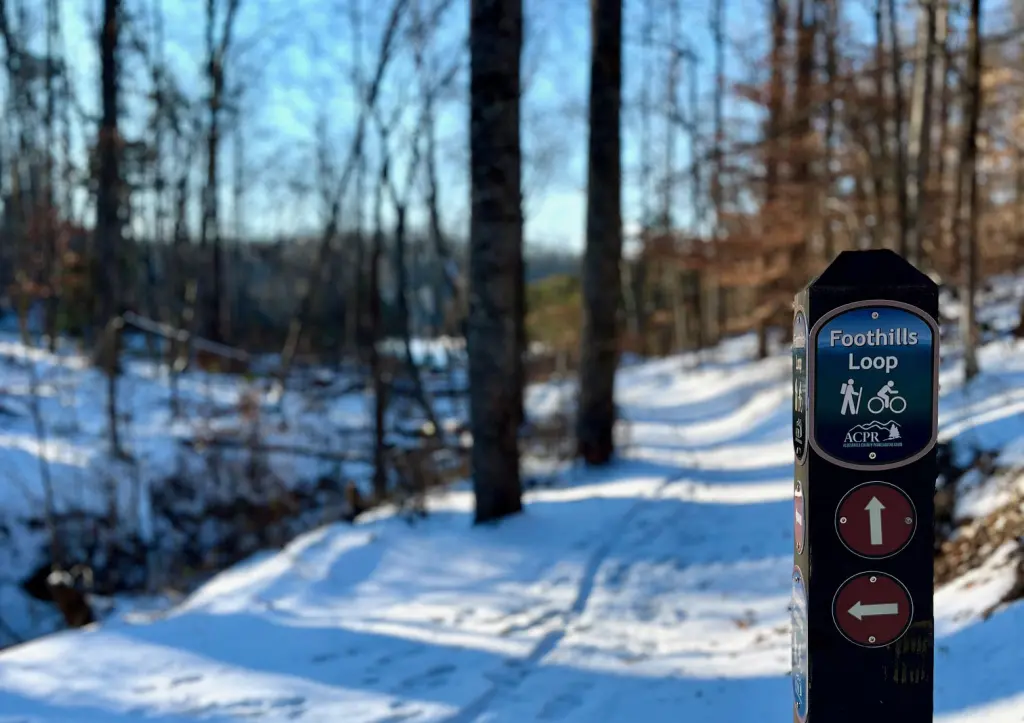Conserved public spaces have measurable impacts on our lives: research shows that spending time outdoors improves both physical and mental health, and can even improve students’ grades, lower blood pressure and drive economic growth. If you enjoy outdoor adventures like I do, lace up your boots and come with me as we explore a couple of these new parks that opened in 2024, as well as one potential future park.
Strong Communities
PEC believes that the work of protecting natural resources and the work of building better communities are integral to each other.
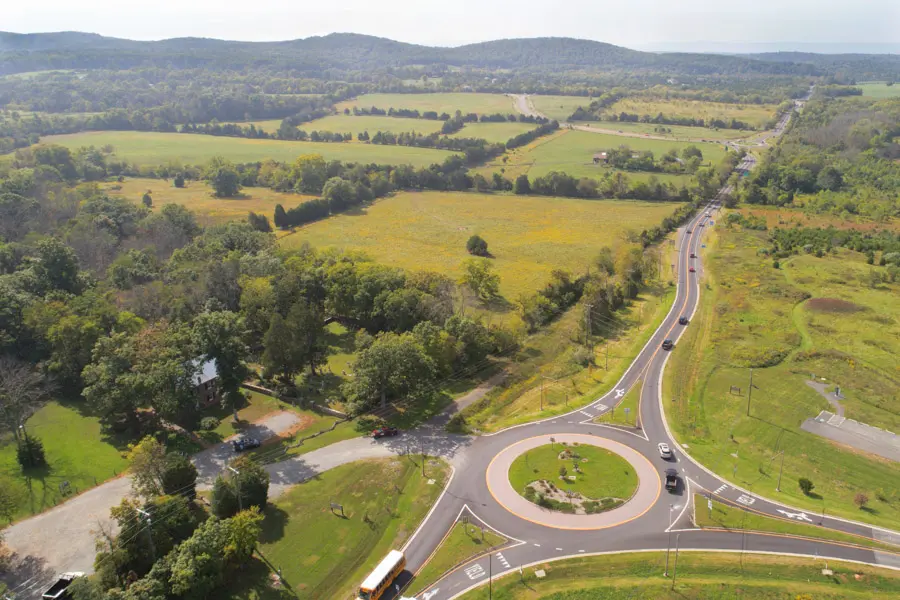
Another Chance to Weigh In: Rt. 50 Public Input Session on March 26
I want to let you know about another opportunity to weigh in on an important transportation planning issue that could impact the quality of life and sense of place for residents and visitors along the U.S. Route 50 corridor.
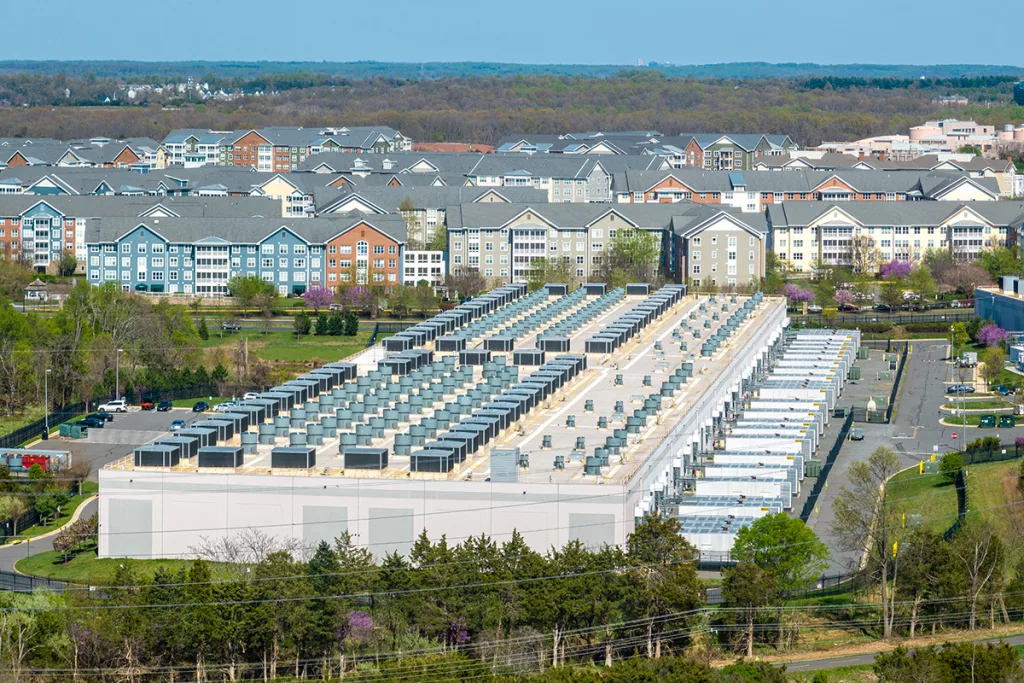
March 18: Loudoun Board to Vote on Proposed Changes to Regulate Data Center Development
Next Tuesday, Mar. 18, the Loudoun Board of Supervisors plans a major vote on its proposed Phase One amendments to the comprehensive plan and zoning ordinance to better manage data center development in the county.
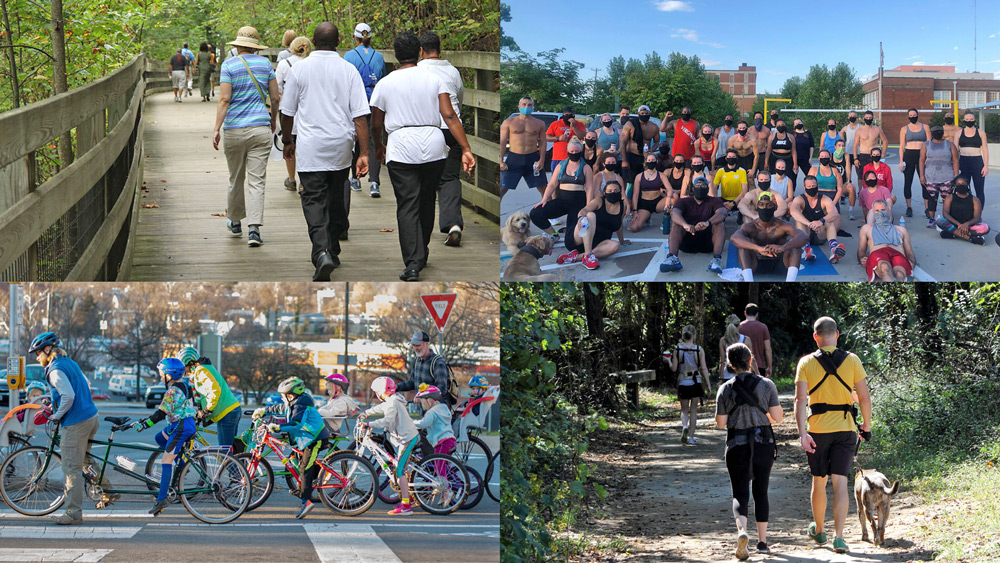
Mobility Summit galvanizes community for better walking, biking and outdoor access; unofficially launches Three Notched Trail plan
Area residents, organizations and leaders who want better places to walk, bike and run are coming together at the Fifth Annual Charlottesville/Albemarle Active Mobility Summit Thursday, Mar. 6 (5:30–8 p.m.) and Friday, Mar. 7 (9 a.m.–12 p.m. ) at The Wool Factory.
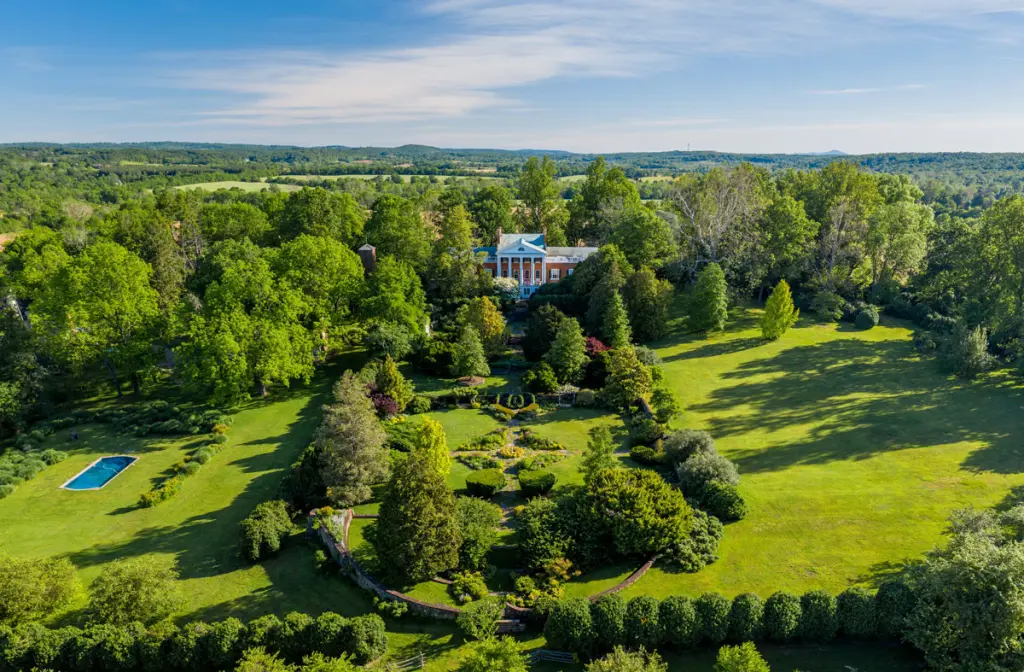
A Historic Opportunity: Help Make Oak Hill Virginia’s Newest State Park
We have a once-in-a-generation opportunity to create an expansive new state park in Loudoun County, a proposed park that will protect a National Historic Landmark and offer easy access to the outdoors for millions of visitors to and residents of Northern Virginia.
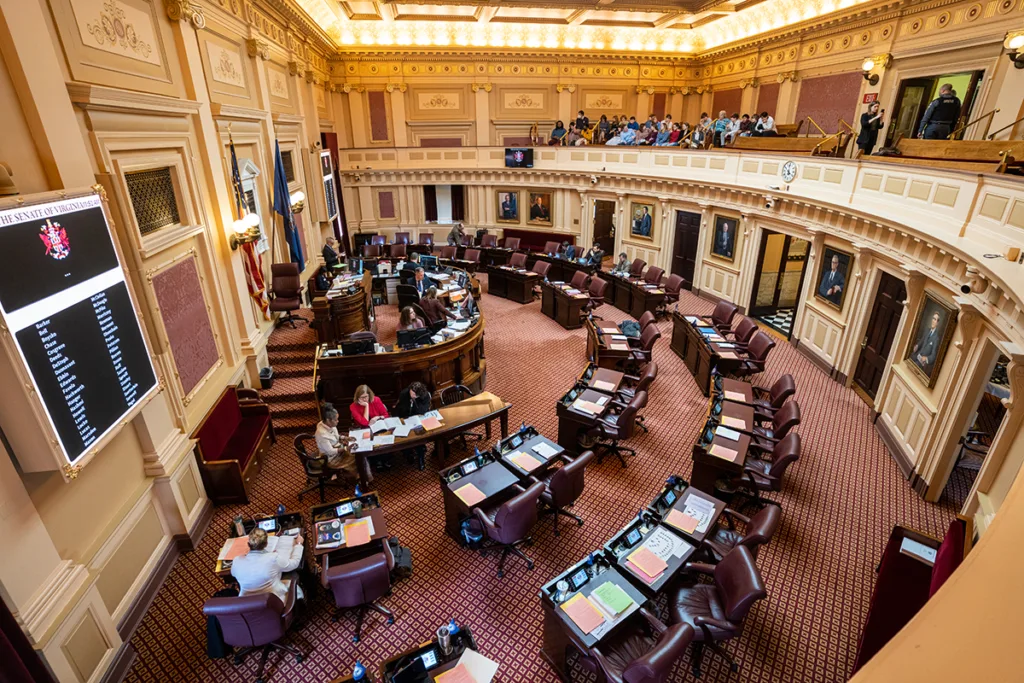
The 2025 Virginia General Assembly is in Session.
An overview of the topics that PEC has its eye on this session: data center reform, land conservation and public access, solar implementation, housing and local land use authority
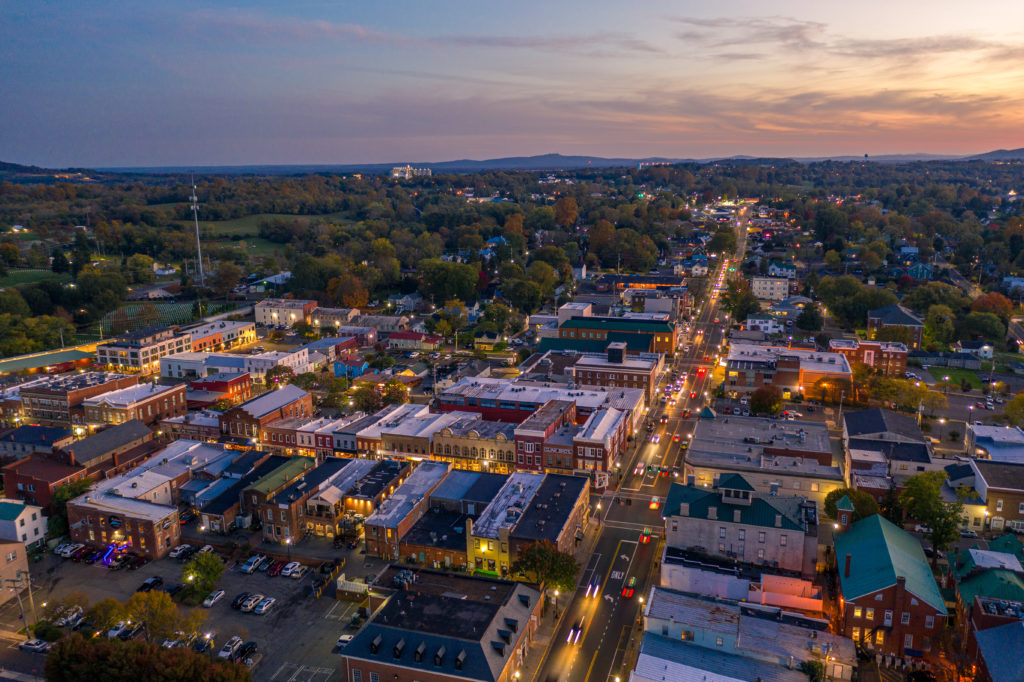
Culpeper Co.: December 2024 Updates
This year, we made a concerted effort to better inform the Culpeper community about local events. We have some good news to shhare with you about decisions that were only achieved through strong community engagement.
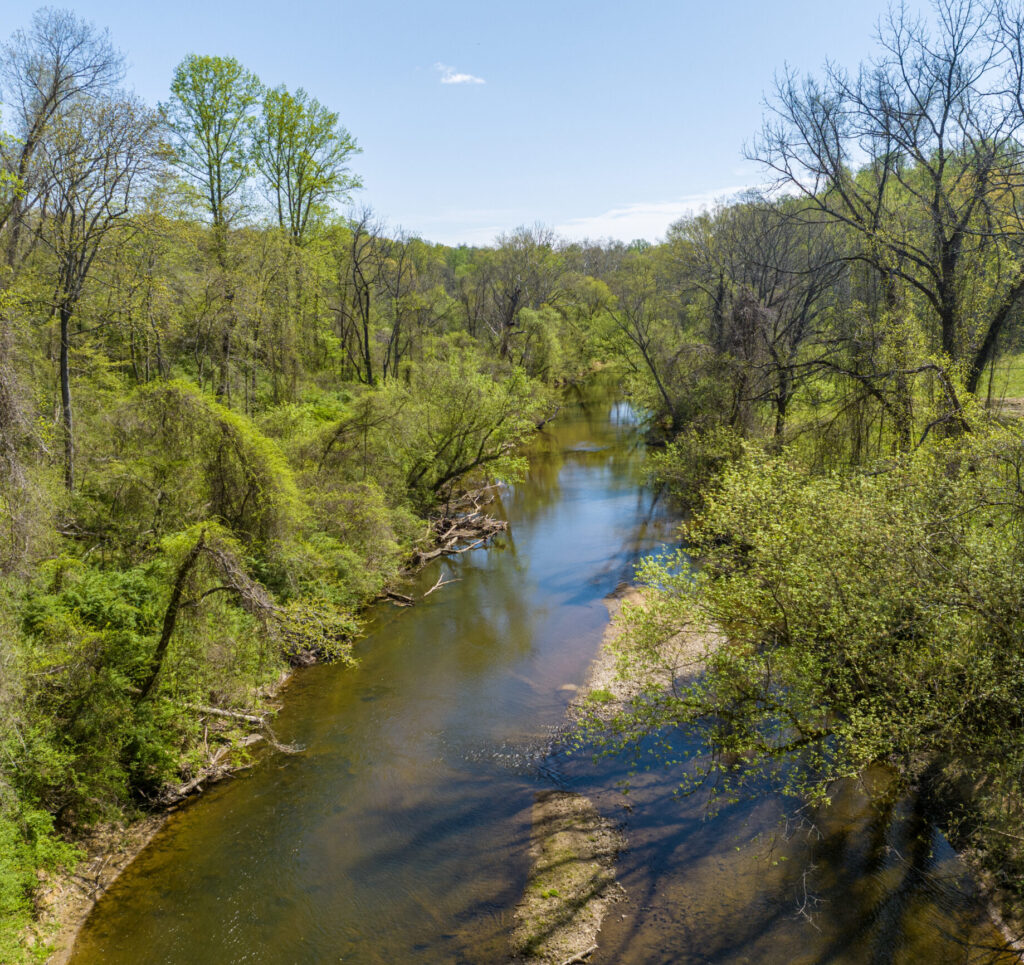
2024 Highlights: By the Numbers
PEC’s dedicated staff work relentlessly to advance land conservation, sound land use planning, the protection of natural resources and better climate and energy policy.
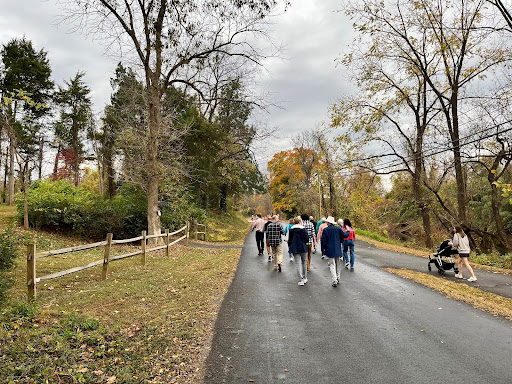
Free Bridge Lane is Closed to Cars, Open to the Public
As a result of longtime advocacy, Free Bridge Lane is now officially closed to cars in order to provide a free activity space to promenade, bike, skate, etc. along the riverside.
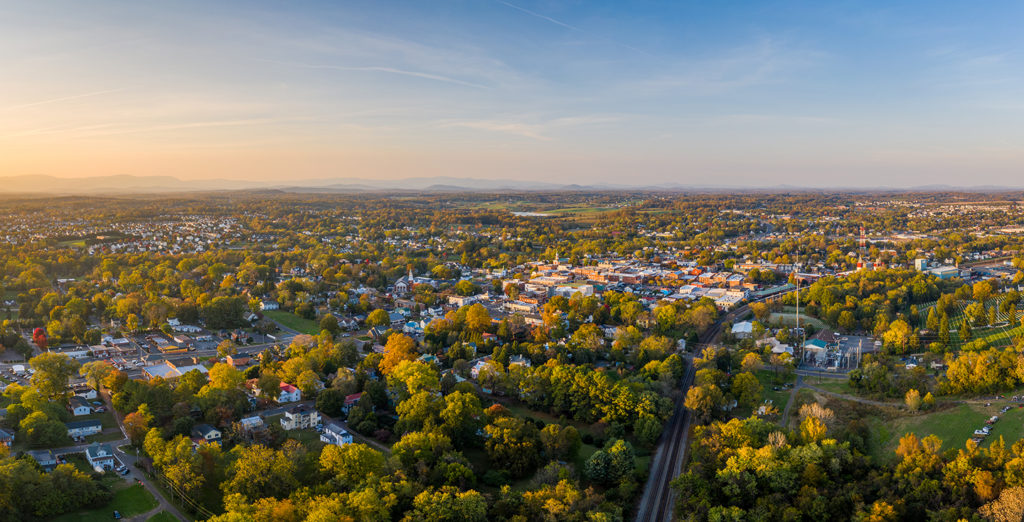
Culpeper Updates: Opportunities to Protect Farmland and Uphold Data Center Noise Standards
Your action at both the Town and County levels can directly help keep Culpeper rural and protect residents in the Town from industrial noise pollution.

